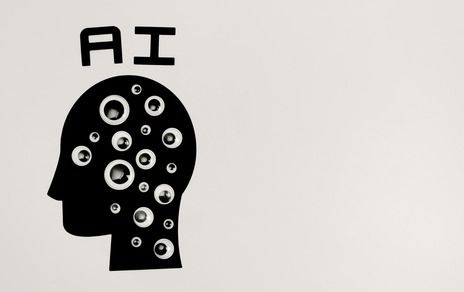Although Nvidia and OpenAI continue to announce multi-billion-dollar deals, and enthusiasm for AI stocks remains high, many are beginning to question whether these massive investments will actually pay off or if we’re witnessing another bubble inflate, one that could soon burst and send markets tumbling again.
To uncover the truth, we must examine the situation from both perspectives.
Starting with a pessimistic view, critics of the current AI boom point to valuation indicators, such as Shiller’s price-to-earnings ratio for the S&P 500, which now stands above 40 — a level that has historically appeared only twice before: right before the Great Depression and the dot-com bubble.
Another argument is that the math doesn't add up. According to Bain & Company, “Two trillion dollars in annual revenue is what’s needed to fund computing power needed to meet anticipated AI demand by 2030. However, even with AI-related savings, the world is still $800 billion short to keep pace with demand.”
It is also concerning that tech companies are turning to debt markets to finance their AI infrastructure despite having enormous cash reserves. Alphabet, for example, issued $25 billion in bonds, with $17.5 billion allocated to the United States and $7.5 billion to Europe. Oracle sold $18 billion in bonds to finance infrastructure leases.
On the other hand, some of the worries are being calmed by the performance of the “Magnificent Seven.” Despite massive investments, Apple, Microsoft, Alphabet, and Amazon exceeded expectations across almost every metric. Meta and Tesla also reported higher-than-expected revenue, though their profits fell short.
Looking specifically at AI, Google Cloud’s revenue grew 34% year-over-year in Q3, reaching $15.2 billion. Microsoft’s Intelligent Cloud division grew 21%, while Azure rose 33%, with AI-related services driving roughly half of that growth. Amazon’s AWS business also continued to expand, with revenue up 19% to $27.3 billion.
This shows that companies are already seeing tangible benefits from their AI investments.
Federal Reserve Chairman Jerome Powell highlighted this, noting that “These companies… actually have business models, profits, and that sort of thing. So it's very different from the dot-com bubble.” Goldman Sachs has echoed this view, saying they are not concerned about the overall level of investment in AI.
When it comes to the rise in CAPEX, all of these companies are in solid financial shape. Together, Apple, Amazon, Alphabet, Microsoft, and Meta have around $470 billion in cash. That’s more than enough to cover their capital expenditures, leaving Nvidia as the only one where things are a bit more uncertain.
So, what’s the takeaway?
While there may be a bubble in AI stocks, it’s not quite the same as the dot-com era, since companies are actually generating revenue from the technology. It’s also worth noting that most companies are using their own cash rather than debt, which keeps systemic risk low. Still, it’ll be interesting to see how this plays out.

